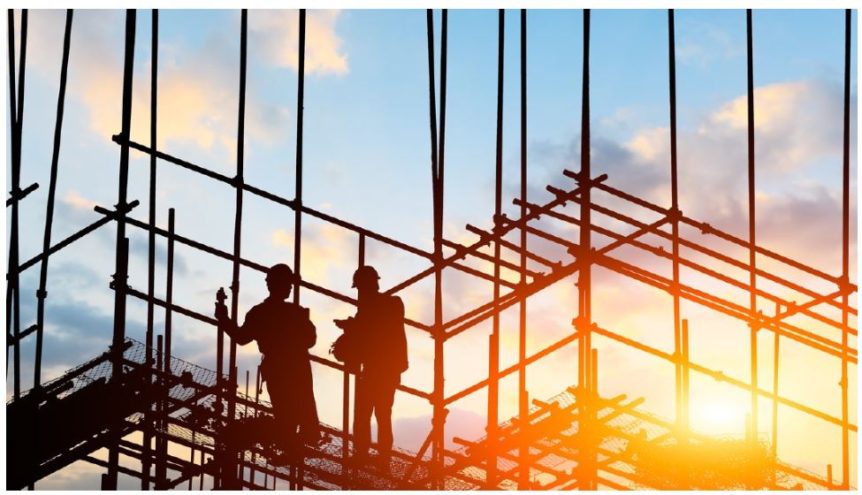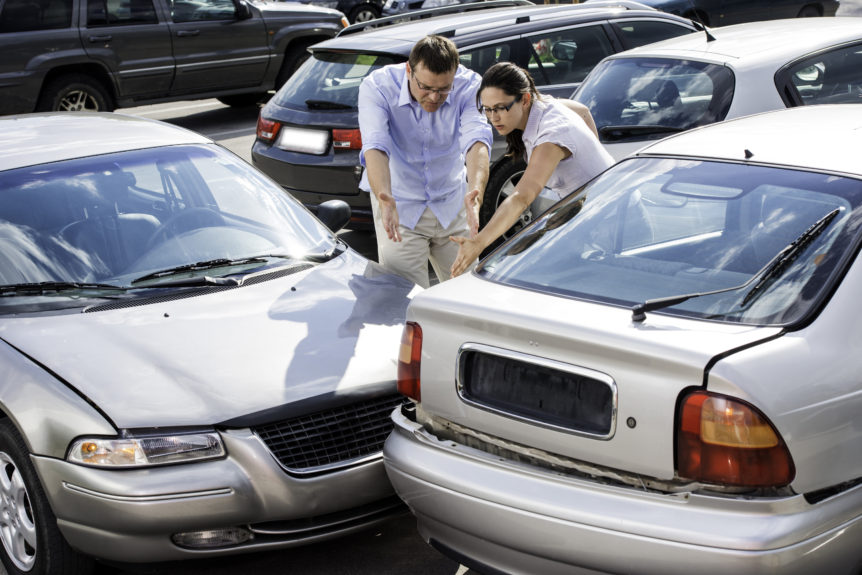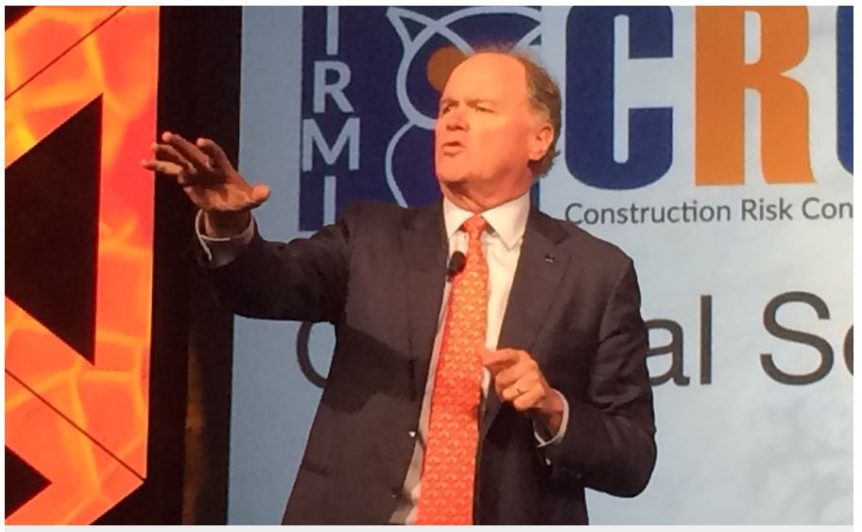Donald Trump’s administration is reportedly planning to unveil its long-promised infrastructure proposal in January, according to The Wall Street Journal. Trump administration officials spoke about the plan’s release as early as March of this year. The president himself said it was largely completed in May, announcing it would be coming in two to three weeks. A themed Infrastructure Week at the White House in June came and went without mention of any details about the plan. Transportation Secretary Elaine Chao then said it would be released sometime in the fall. Read more here >>>
Pennsylvania Construction Union’s Suit Against Contractor’s Surety Alleges Breach of Contract
A Pittsburgh-based non-profit corporation claims a bonding company has neglected to pay it more than $150,000 in contributions and wage deductions, and has initiated litigation to recover that amount. Operating Engineers Local 66, AFL-CIO & Construction Industry Combined Funds, Inc. of Pittsburgh filed suit in the Allegheny County Court of Common Pleas on Nov. 27 versus Allegheny Casualty Company, of Newark, N.J. Tell me more >>>
California Wage Law To Let Subs’ Employees File Claims Against GCs’ Bonds
In mid-October, California passed a bill which will make general contractors liable for any unpaid wages and fringe benefits owed to employees of subcontractors. The ruling will go into effect on Jan. 1, and will apply to all private construction projects entered into after that date. Needless to say, the bill was met with resistance on the side of contractors who argued that it would further inflate costs which would ultimately be borne by buyers. While the bill does provide ways for contractors to seek indemnity from subcontractors who do not pay their employees, it does not offer possibilities to avoid the liability altogether. Read the bill overview >>>
What Should You Do At The Scene Of An Accident?
Being involved in an auto accident can be a trying experience ‒ mentally, emotionally and financially. Knowing the proper steps to take in the immediate aftermath of a crash can help. Here are six steps to take if you are involved in an accident. Read the steps >>>
Emergency Planning: Pets and Livestock
If you own pets or livestock, it’s important to include them in your emergency planning. As you begin to think about disaster preparedness for your pets, keep in mind that what’s best for you is usually what’s best for your animals. If you evacuate your home, DO NOT leave your pets behind. However, because many public shelters will not allow animals inside, you should plan in advance for shelter alternatives that will work for both you and your pets. Below are some guidelines to help you prepare to meet the needs of pets and livestock in the event of a disaster. Read the guidelines >>>
The Buzz On How Flies Spread Disease
Flies aren’t just annoying. They can spread disease — and may be far better at it than scientists previously thought. Penn State University researchers analyzed the microbiome, or bacterial makeup, of 116 different houseflies and blowflies found across three continents. Both types of flies feed on rotting organic matter and feces, which exposes them to a wide assortment of problematic bacteria. Some of the flies carried hundreds of different bacteria species, including ones known to be harmful to humans, the researchers found. Tell me more >>>
Steep Rise In Deaths For People Hospitalized After Opioid OD
The death rate has quadrupled among people whose opioid use lands them in a hospital, a new U.S. study finds. More opioid users are being sent to the hospital due to a life-threatening overdose than for treatment of drug addiction, the researchers noted. About 2 percent of people hospitalized for opioid use died in 2014, compared with 0.4 percent prior to 2000, the new analysis of federal hospital data revealed. The same analysis showed that hospitalizations due to opioid or heroin poisoning have increased in recent years, even as the rate of people seeking treatment of opioid addiction at a hospital has gone down, said senior researcher Dr. Zirui Song. He is an assistant professor of health care policy at Harvard Medical …
Construction Employers Must Provide Paid Family Leave in New York
Effective January 1, 2018, employees of construction employers (supplies, architects, contractors, and others) working in New York State may be eligible for paid family leave. The NY Paid Family Leave Law (“PFLL”) is both broader than and more narrow than the federal Family and Medical Leave Act. The PFLL applies to all employees employed by private employers in the construction industry and working in New York State, even if those employers are located outside the State of New York or the employee is working from home (for example, sales employees, estimators, etc.). Tell me more >>>
Subs Should Avoid Common Mistakes In Managing Lien Waivers
It’s very easy to make a mistake when exchanging lien waivers on a project, and a lien waiver mistake can be very costly. Most commercial construction companies deal with lien waivers in some form. General contractors must request, collect, and track lien waivers from everyone below them on a project. (And when we say “below them,” we’re not talking about just the subcontractors. We mean everyone working on the project including sub-subs, material suppliers…everyone.) Find out more >>>
Insurer Executive: Shifts In Risk, Liability Will Alter Construction Insurance
Michael S. McGavick, the chief executive of insurer XL Group Ltd., delivered the keynote speech at the International Risk Management Institute construction conference earlier this month in Indianapolis. A former chief executive of Safeco Corp. and a former candidate for the U.S. Senate in Washington state, McGavick predicted in his speech and in a later interview that construction insurance would evolve as the construction industry adapts to a changing world of risk and liability. “The reputation of our industry as being slow to change is just going to end,” he predicted. Here are a few of his key points, as recorded and edited by ENR Deputy Editor Richard Korman. Read the article >>>










